Past, present and future of public transport in The Hague and environs
We naturally expect HTM, our local transport company, to carry us in comfortable and modern trams and buses. And to use technically sound equipment. That’s why HTM regularly introduces new models. But fortunately, not all historical material disappears to the scrapyard or the dustbin. This is thanks to the Haags Openbaar Vervoer Museum (HOVM) (Public Transport Museum of The Hague).
The collection
The most visible and striking parts of the HOVM’s collection are its 30 or so historic trams, the oldest of which began running through The Hague in 1905. A large group of volunteers lovingly restores and maintains this rolling stock. The trams can be admired in the museum, but every Sunday you can ride a historic tram for a 50-minute tour. And you can do more than one tour, as the trams run different routes at different times and on different Sundays.
The museum does not only preserve trams. It also has an extensive photo archive and a large collection of objects and documents, from conductor’s caps to transport tickets. In an age when we check in and out using an OV chip card or our bank card, it is hard to imagine that we used to buy paper tickets.
Three tram depots
Where better to display historic trams than in a former tram depot (in Dutch ‘remise’)? The museum is housed in the Frans Halsstraat tram depot. The museum’s postal address is officially Parallelweg 224, 2525 NL The Hague, but soon after the depot was commissioned, HTM referred to it as the ‘Remise Frans Halsstraat’.
That commissioning took place in 1908 and this depot was the last (and smallest) of three depots needed for the electric trams with overhead power lines, the first of which passed through The Hague in 1904. The first depot came at Harstenhoekweg, (June 1906) and is now called ‘Remise Scheveningen’. The second one we now know as the ‘Remise Lijsterbesstraat’, but when it was put into operation on 10 July 1906, it was named ‘Remise Laan van Meerdervoort’. At that time this depot stood in the middle of the meadow at what was then the end of Laan van Meerdervoort. The streets around it, such as the Lijsterbesstraat, were built only later.
The architect
All three depots were designed by Adam Schadee, city architect of The Hague from 1891 to 1927. He joined the Municipal Public Works Department in 1891 as a structural engineer and worked as head of the design department from 1906 until his retirement. He designed a large number of buildings in The Hague, among them the Harbour Office on Goudriaankade, the slaughterhouse on Neherkade and a school on Stadhouderslaan.
For HTM, he not only designed the three aforementioned tram depots, but also waiting shelters for staff and the public.
Museum building
The depot is actually a huge hall, or rather four halls with three entry tracks each. Below each track is a long pit, to allow work on the underside of the trams.,. Besides the actual depot, Schadee also designed several service areas at the complex. These include a forge with smithy and a boiler house with chimney. There is also a brine depot on the site. It stored the brine needed in winter to keep the tram rails free of snow and ice.
HTM used the depot until 1983. In that year, it was replaced by the new depot on Meppelweg, the Zichtenburg depot. From then on, the historic trams of The Hague were housed at Frans Halsstraat.
In 1987, the building was placed on the list of National Monuments, a logical step as this depot is the only well-preserved tram depot from the early days of the electric tram in the Netherlands.
In 1988, it was decided to permanently convert the ‘Remise Frans Halsstraat’ into a Public Transport Museum and on 23 June 1989, the festive opening was held.
Anniversary
The public transport museum will be celebrating its 35th anniversary this year. But 2024 also marks 160 years since the first tram started running in The Hague. Back then, it was pulled by horses along the Scheveningseweg. This year also marks the 100th anniversary of the first HTM buses. These started running between Delft and Rijswijk.
There is yet another anniversary to observe. In 1949, a tram vehicle that looked futuristic for the time was delivered to Delftselaan on a goods wagon. It was to be the first of the 234-strong PCC tram fleet. In 2024, the HOVM will commemorate the arrival of the first PCC tram in The Hague 75 years ago. A themed exhibition on 75 years of the PCC will open at the HOVM on 19 April. On 2 June, various types of PCC trams will run all day on the route of line 11, Station HS – Scheveningen Haven.
For up-to-date information on the PCC anniversary activities, visit the website www.hovm.nl and we will return to the history of this famous tram type in a future issue. You can also like the Haags Openbaar Vervoer Museum page on Facebook.
All in all, a great opportunity to pay the HOVM a visit!

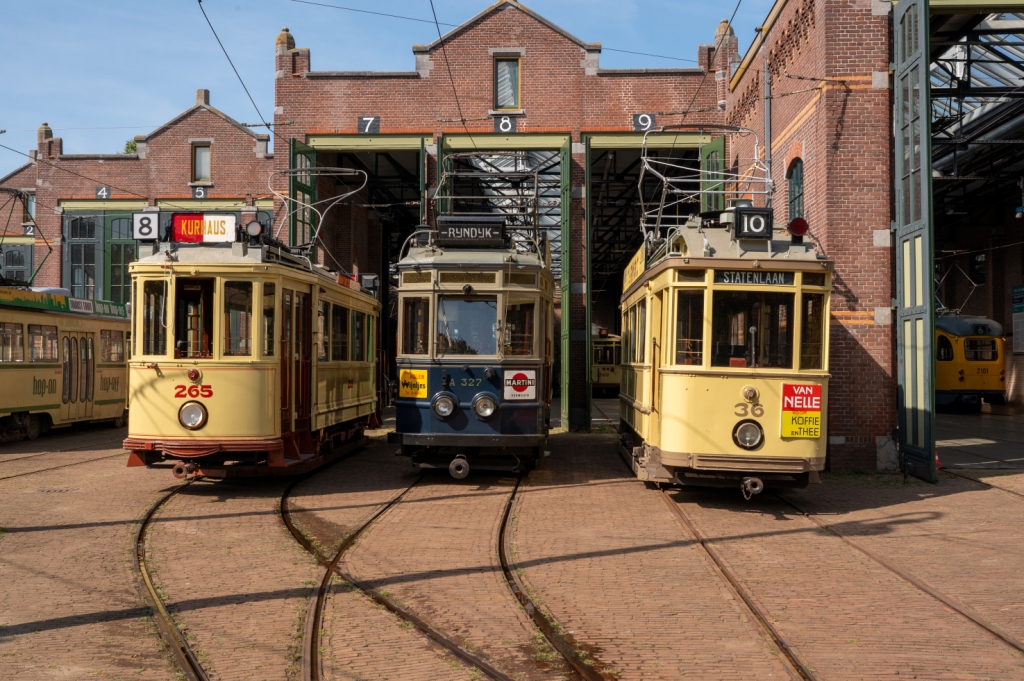
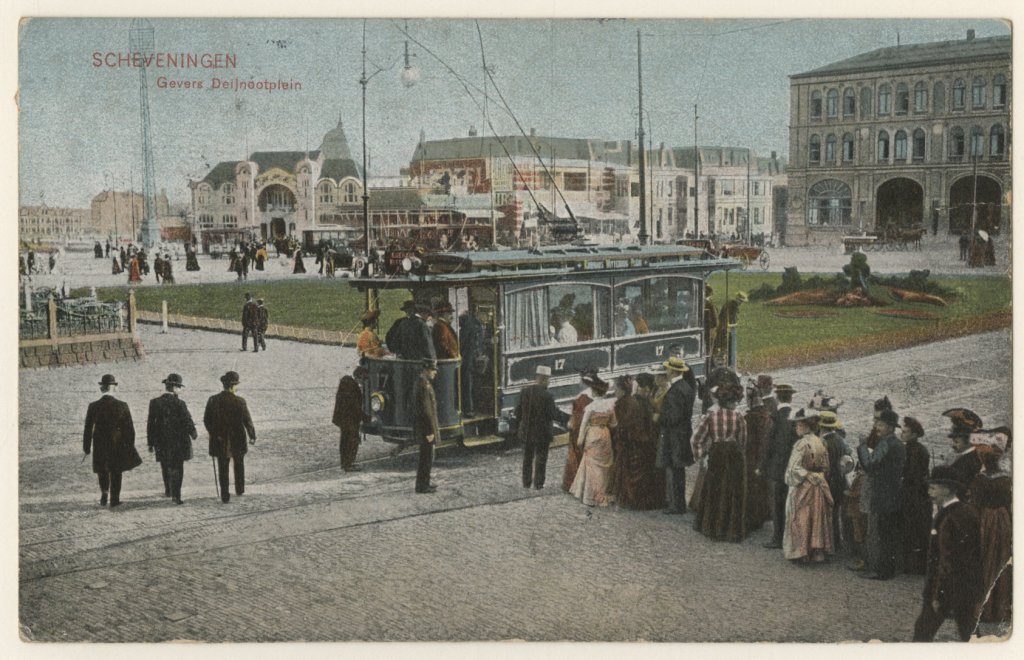

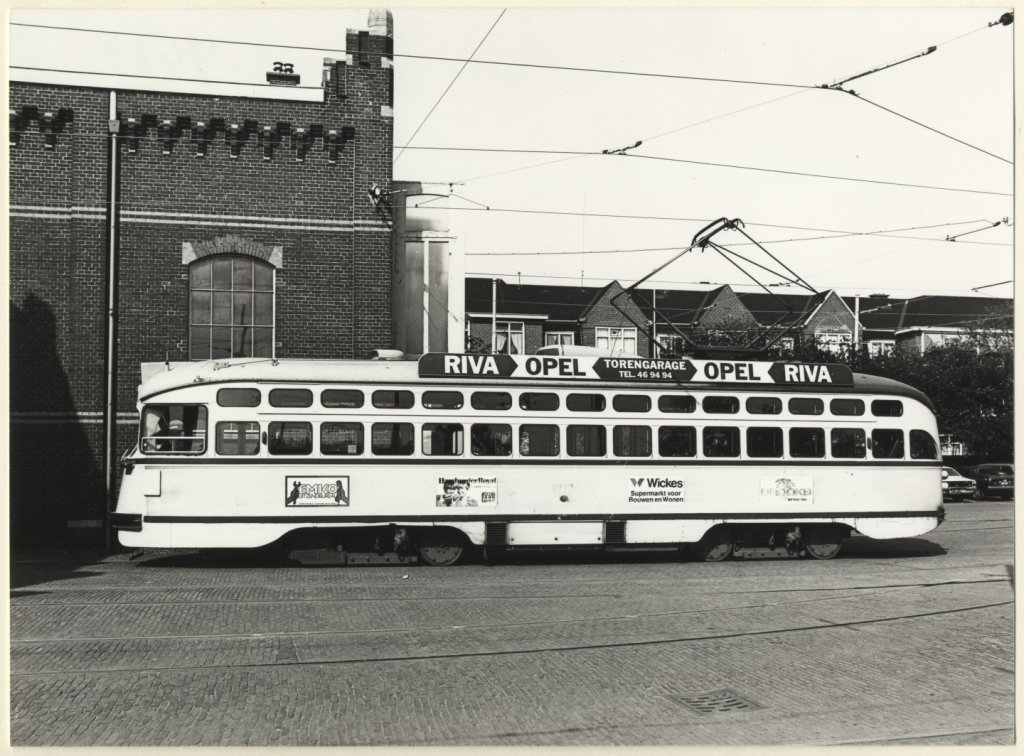
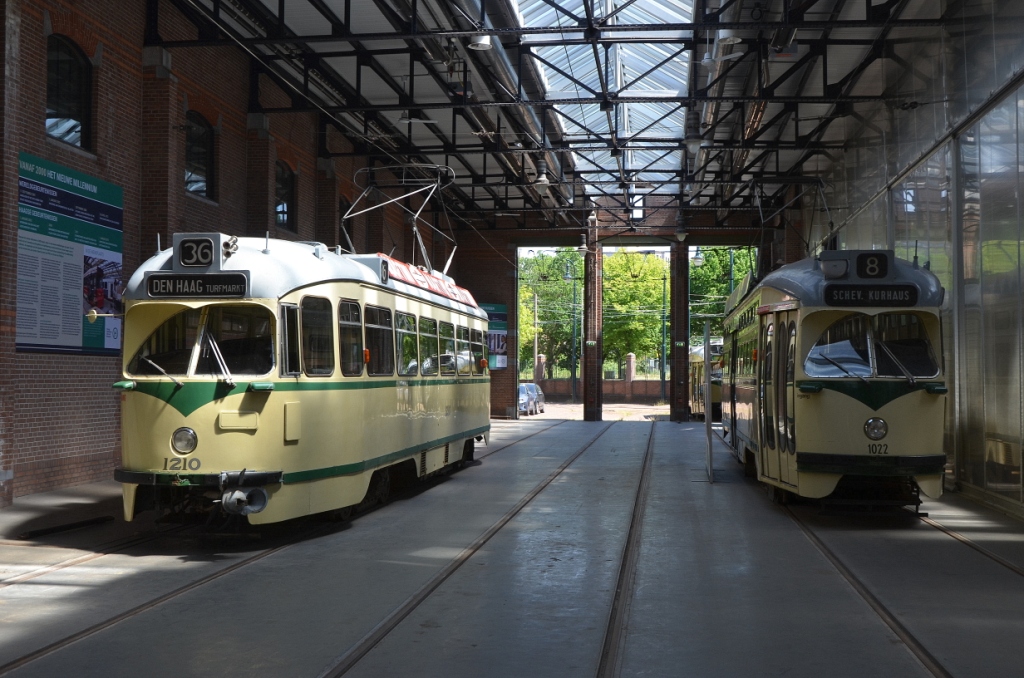
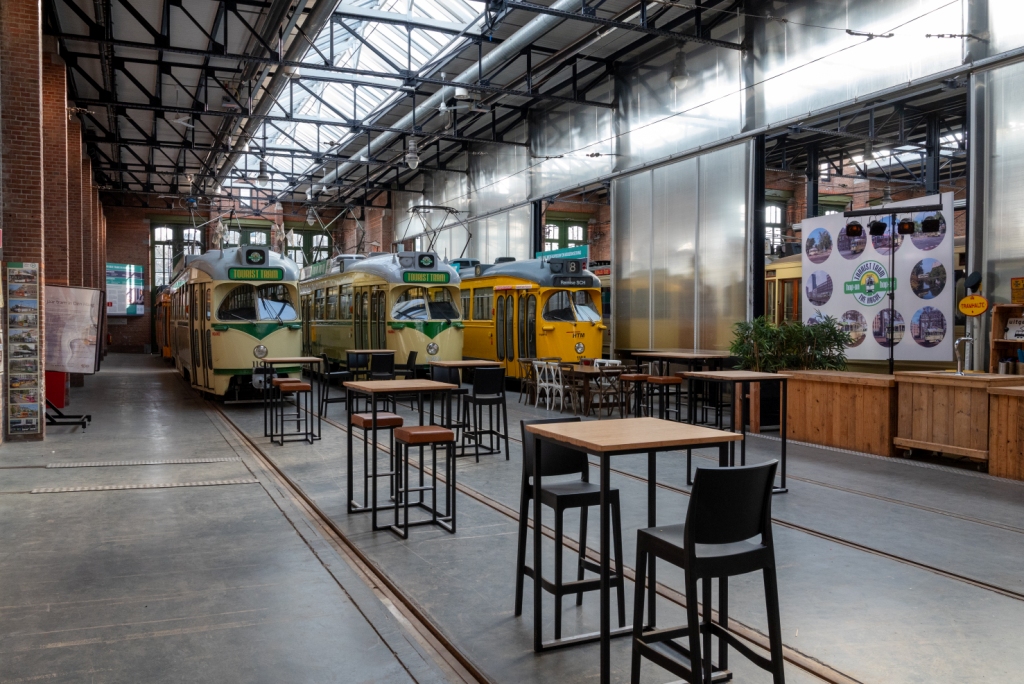



1 thought on “Public Transport Museum of The Hague”
AWC just introduced your blog and contact information on tours. Would love to hire you when my family comes to visit. We moved here last September so your blogs will be morning coffee reading for me. Thanks